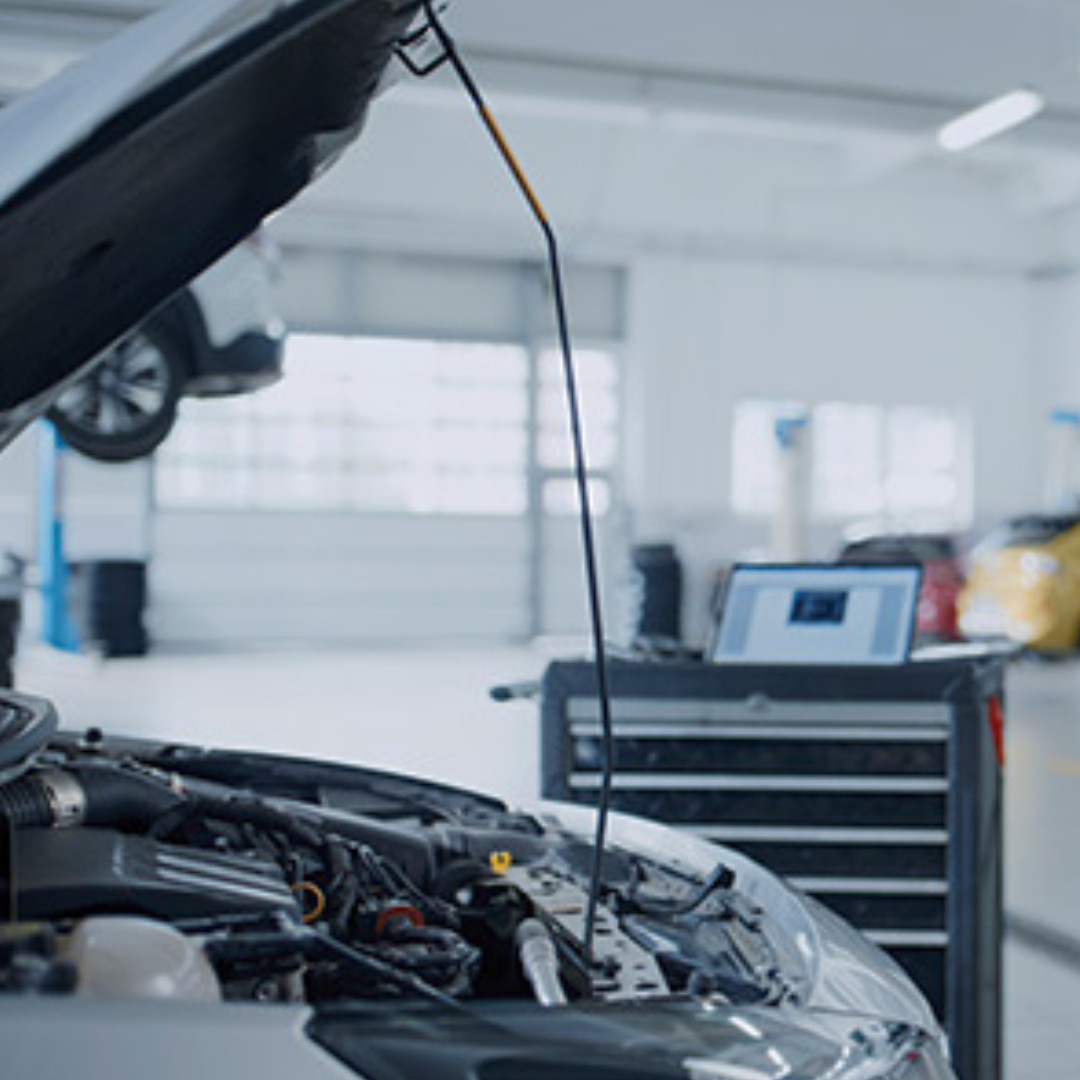
A Technician Shortage Education: Are the Shops to Blame?
Published in New Jersey Automotive – Thomas Greco Publishing
“I can’t find help for my shop.”
“No one wants to be a technician anymore.”
“Kids these days just aren’t interested in collision repair.”
 Nearly every shop owner in New Jersey and across the country shares the same complaint, but it just may be time to recognize the issue doesn’t lie with the next generation – shops are largely to blame for this ongoing problem!
Nearly every shop owner in New Jersey and across the country shares the same complaint, but it just may be time to recognize the issue doesn’t lie with the next generation – shops are largely to blame for this ongoing problem!
Although the number of collision repair educational programs have dwindled in recent years, the remainder report high interest in collision technology; however, instructors often fail to get the support they need from the industry to keep students engaged and convince them to actually enter the field after graduation.
“I have two full classes, totalling 40 students, and nearly 100 more kids on our waitlist, and despite being the only collision school in this area, the lack of support we receive from local body shops is disheartening,” laments Mike Lundin, instructor for the Ocean County Vocational Technical School’s (OCVTS) ASE-certified auto collision program.
Gary Gardella (County Line Auto Body; Howell and Collision Correctors; Bayville) is an exception. “Gary has been instrumental in supporting our program,” Lundin says.
Over the past 10 years, Gardella has hired dozens of students from OCVTS, but he decided to become more involved with the program three years ago. “When we started with them, the most important area was simply providing input and helping to change the collision repair curriculum to better meet what our industry needs in an entry-level tech.”
When hiring these young technicians, Gardella shows his desire to invest in their careers. “We work with our local SnapOn partners to provide tool kits for students coming in from OCVTS as part of an incentive program, which they can keep after a year of successful employment. Additionally, we lay out a career path that shows them the possibilities available to them.”
While taking the initiative to get involved requires shops to invest time and energy, “The time commitment is what you make it,” Gardella insists. “I enjoy supporting our industry, so for me, the only time-consuming thing is reading all the available grants to see what fits our local school the best. You may also be asked for feedback, to write letters of support or to attend events, but my staff and I enjoy attending OCVTS events.”
Gardella finds that investing the time yields a high ROI. Last October, he walked away from OCVTS’ career fair with nearly 40 resumes and has hired five students since that event. “The OCVTS career day was one of the most impressive events I have been involved in since my days in motorsports. The school has really stepped up over the past year, supporting the industry and gaining our involvement. Their staff, from teachers to administration, is amazing; each one genuinely cares about the students. The event boasted about 25 industry tables from calibration to paint companies. The students were engaged at every table, asking questions and collecting swag.”
Unfortunately, those students did not have the opportunity to get to know many collision shops. “Aside from our shops, only about three collision shops attended,” Gardella reports, though he strived to get more shops to participate. “I sent OCVTS many shop contacts to try and solicit local participation. OCVTS reached out and was disappointed in the collision shop response, so a couple of weeks prior to the event, I called every shop owner in Ocean and Monmouth counties who has complained about being shorthanded. In the end, VIVE, Caliber and a dealership shop were the only companies that showed support for this awesome opportunity to improve our industry.”
The lack of support creates additional challenges for instructors like Lundin when trying to find shops where his students can continue their education. “In my senior class, we currently have seven kids out on work release, where they work in the industry four days each week and come to class for one day, and by the end of the year, we should have 10 in shops; however, I would never send my kids to some shops because I don’t want them to be dejected. My job is to provide them with entry-level skills and then help them find work in a shop – I don’t want to send them somewhere that causes them to walk away and never want to work in the collision repair field again.”
For many shops, the fact that students graduate with entry-level skills seems to be a major deterrent, but Gardella understands the only way to change that is through closer involvement. “Through my time employing students and receiving feedback from other local shops, I realized that many felt that the young technicians were not prepared for basic shop tasks and therefore, many felt they required too much training. Over the years, I have become friends with Michael Bonsanto (Passaic County Technical Vocational School), who follows the I-CAR curriculum at his school, which is what I have been campaigning for OCVTS to adopt. The benefit of a vocational school implementing I-CAR training is that they learn shop basics and are ready to continue their learning journey.”
Lundin finds that it’s a “struggle to get shop owners and technicians to understand that they have to do their part to further educate and train these young industry professionals to elevate their skill sets. My program is successful because these kids enjoy their time in class. Many of them only choose collision repair because they’ve heard it’s a cool program and they’ll get to work on fun projects, but most students don’t know the difference between a screwdriver and an adjustable wrench when they first start. My class teaches them to work with their hands and to start developing the skills they’ll need to begin, but they aren’t going to graduate with the same knowledge as someone who has been working in shops for decades.
“I’m the only game in town providing shops with entry-level employees,” Lundin points out. “It makes more sense to hire these kids who have some idea of what’s going on in the shop instead of hiring someone who walks in the door with no knowledge whatsoever.”
“You need to have patience when hiring vocational students,” Gardella advises. “It can take some time to find the right person for the position.” He hopes to alleviate some of those concerns by developing a post-graduate training facility within the next few years because he is “dedicated to ensuring this industry does not become obsolete.”
The way many shops treat young professionals is another concern. “I do my best to promote this industry to my students, but sometimes I feel like I’m lying to them by claiming they can have a great career in collision,” Lundin admits. “My father, the biggest influence in my life, worked in the auto body industry his entire life, but he retired with nothing. Although I have a lot of kids who have been successful in this industry, I know they could make more in another field, and it’s a shame. Many work for the same shop for several years and make next to nothing, plus they have to buy a ton of tools. Other trades allot a certain amount for tools to help support their new hires, and I believe it would be very beneficial if our industry offered some sort of tool incentives and helped young technicians advance in their careers.”
Still, Lundin helps the majority of his students find jobs in shops before they graduate, and he even has former students reach out to him years later, seeking recommendations for new jobs. “This industry’s future relies on these young people who are interested in collision repair, but while everyone complains constantly about the lack of new talent entering the shops, very few are willing to make the effort to improve the situation.”
One method for getting involved is as simple as joining a school’s advisory committee and visiting the class to talk to the students about available collision careers. “It shows the kids that the industry cares about them and that there’s opportunities for them,” Lundin stresses. “They get to hear firsthand about what shops are seeking from an entry-level employee, and that makes a huge impact on their engagement levels and morale when they aren’t just hearing from a teacher. They want to know more about the job they’re considering from the people who actually do the job and can tell them what to expect.”
Shops have nothing to lose and everything to gain from getting involved with their local schools, according to Gardella. “Supporting their local vocational school gives them visibility in the community and can be seen as a cost-effective marketing strategy. For shops that are chronically looking for technicians or their technicians are beginning to age out, getting involved with housing more students can help build a plan for those retirements. The more that shops get involved, even if it is not at the advisory committee level, the more we bring positive attention to career pathways in our industry, which will help with the technician shortage.
“The students are there, which means the interest is there,” Gardella adds, emphasizing the need for the auto body industry to “make noise through career fairs and show these young technicians there are some great opportunities available to them. It is our own fault that we have a lack of techs; many of us do not have the time or energy to develop a young technician, but if we want to address the technician shortage, collision shops must come together, get involved and support vocational training programs!”



